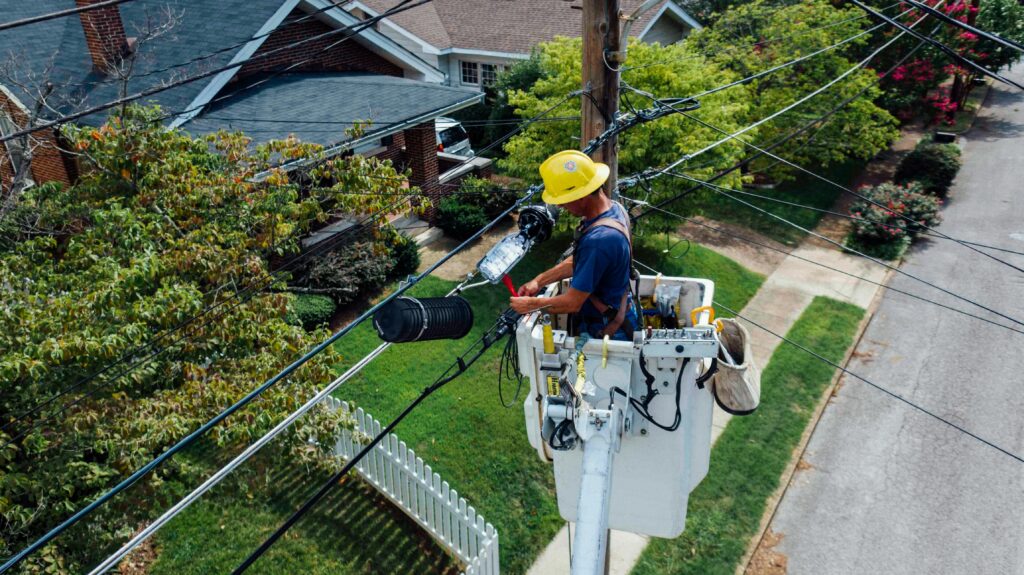In today’s rapidly evolving technological landscape, ensuring the safety and efficiency of electrical systems is paramount. Electrical upgrades play a crucial role in maintaining the integrity of both residential and commercial properties. In this comprehensive guide, we’ll explore the various aspects of electrical upgrades, from their types and categories to preventive measures and expert insights.
Types and Categories
Home Electrical Upgrades
Home electrical upgrades encompass a wide range of improvements aimed at enhancing safety and functionality within residential properties. These upgrades may include installing modern electrical panels, upgrading wiring systems, and implementing smart home technologies to optimize energy consumption.
Commercial Electrical Upgrades
In commercial settings, electrical upgrades are essential for ensuring uninterrupted business operations and complying with regulatory standards. These upgrades often involve increasing electrical capacity, upgrading lighting fixtures to energy-efficient alternatives, and implementing backup power solutions to mitigate downtime.
Industrial Electrical Upgrades
Industrial facilities require specialized electrical upgrades to support heavy machinery, maintain production efficiency, and ensure worker safety. These upgrades may include installing robust power distribution systems, implementing advanced control systems, and conducting regular maintenance to prevent equipment failures.
Symptoms and Signs
Signs of Outdated Electrical Systems
- Flickering lights
- Frequently tripped circuit breakers
- Charred outlets or switches
- Burning odor from electrical appliances
Symptoms of Electrical Hazards
- Electric shocks or tingling sensations
- Warm or hot electrical outlets
- Sparking or buzzing sounds from electrical fixtures
- Arcing or sparking from electrical panels
Causes and Risk Factors
Aging Infrastructure
Older properties are more susceptible to electrical hazards due to outdated wiring systems and deteriorating components. Aging infrastructure increases the risk of electrical fires, shocks, and equipment failures, necessitating timely upgrades to mitigate potential risks.
Overloaded Circuits
Overloading circuits by connecting too many devices or appliances to a single outlet can lead to overheating, voltage fluctuations, and electrical fires. Upgrading electrical panels and redistributing loads can alleviate the strain on circuits and improve overall safety.
Faulty Wiring
Faulty wiring, such as frayed or exposed wires, poses a significant safety hazard and increases the risk of electrical malfunctions. Identifying and replacing damaged wiring through professional inspections and upgrades is crucial for preventing electrical accidents.
Environmental Factors
Environmental factors, such as humidity, moisture, and extreme temperatures, can accelerate the deterioration of electrical components and increase the likelihood of electrical failures. Implementing weatherproofing measures and using moisture-resistant materials can help mitigate these risks.
Diagnosis and Tests
Electrical Safety Inspections
Regular electrical safety inspections conducted by qualified electricians are essential for identifying potential hazards and ensuring compliance with safety standards. These inspections involve thorough assessments of wiring systems, electrical panels, and appliances to detect any underlying issues.
Circuit Load Analysis
Analyzing the electrical load distribution within a property helps identify overloaded circuits and potential areas of concern. By assessing the current and voltage requirements of various appliances and devices, electricians can recommend appropriate upgrades to optimize load distribution.
Voltage Testing
Voltage testing is crucial for verifying the integrity of electrical circuits and identifying voltage irregularities that may indicate underlying issues. By measuring voltage levels at different points within a property, electricians can diagnose wiring problems and recommend necessary repairs or upgrades.
Treatment Options
Electrical Panel Upgrades
Upgrading outdated electrical panels is essential for ensuring sufficient electrical capacity and mitigating the risk of overloads and electrical fires. Modern electrical panels equipped with advanced safety features, such as arc fault circuit interrupters (AFCIs) and ground fault circuit interrupters (GFCIs), provide enhanced protection against electrical hazards.
Rewiring
Replacing outdated or damaged wiring is critical for maintaining the safety and reliability of electrical systems. Rewiring involves removing old wiring and installing new, code-compliant wiring to improve electrical conductivity and reduce the risk of electrical failures.
Surge Protection Installation
Installing surge protection devices safeguards electrical equipment and appliances from voltage spikes caused by lightning strikes, power surges, or utility grid fluctuations. These devices divert excess voltage away from sensitive electronics, preventing damage and prolonging their lifespan.
Preventive Measures
Regular Maintenance
Routine maintenance of electrical systems, including inspections, cleaning, and testing, is essential for identifying potential issues early and preventing costly repairs or replacements. Scheduled maintenance ensures that electrical components remain in optimal condition and minimizes the risk of unexpected failures.
Upgrading Outdated Components
Upgrading outdated electrical components, such as switches, outlets, and light fixtures, improves safety, functionality, and energy efficiency. Modernizing electrical systems with energy-efficient alternatives reduces energy consumption and lowers utility costs while enhancing overall performance.
Hiring Professional Electricians
Seeking professional assistance from licensed electricians is imperative for ensuring the quality and safety of electrical upgrades. Experienced electricians have the expertise, tools, and resources to assess, plan, and execute electrical projects efficiently, minimizing risks and ensuring compliance with regulatory standards.
Personal Stories or Case Studies
[Include personal anecdotes or case studies highlighting the importance of electrical upgrades and their impact on safety and efficiency.]
Expert Insights
[Incorporate quotes or advice from reputable electrical contractors and industry experts emphasizing the significance of electrical upgrades for property owners.]
Conclusion
In conclusion, electrical upgrades are essential investments in enhancing the safety, reliability, and efficiency of electrical systems in residential, commercial, and industrial settings. By addressing common symptoms, identifying underlying causes, and implementing preventive measures, property owners can mitigate electrical hazards and safeguard their investments. Remember, prioritizing electrical safety through proactive upgrades and professional maintenance is key to ensuring peace of mind and protecting against potential risks.

